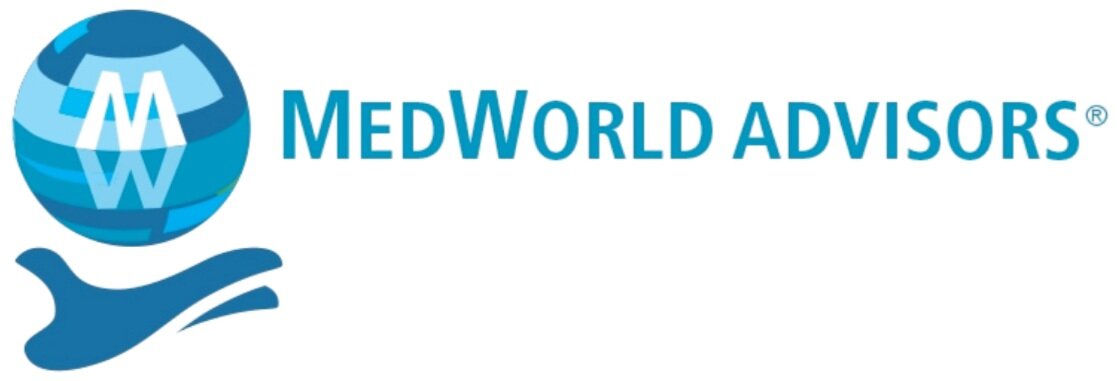The Art of Adaptation
To view this article on the Today’s Medical Development Magazine website, click here.
It’s hard to believe that yet again the world finds itself in the middle of a crisis. The last few years have thrown at us a pandemic, massive population movement, geopolitical uncertainty, war in Ukraine, and now a Middle East conflict. Elections coming up next year will most likely increase interest for what’s going on in the U.S. That’s enough to make anyone’s head spin.
Scalability is often considered a solution to weathering events that have come our way. Yet is scalability the only task you need to be able to weather what comes at you? The truth is scalability only becomes fully effective when coupled with adaptability. They are each other’s yin and yang.
What’s the difference between scalability and adaptability?
Scalability refers to a company’s ability to remain competitive by meeting demand increases quickly and effectively. It includes tasks such as demand forecasting, resource planning, warehousing, financial planning, manufacturing processes, and quality management, as well as regulatory compliance (as discussed in our previous column).
Adaptability addresses a company’s ability to adjust in response to unexpected conditions. These can be driven by the market (demand for example), customer needs (new requirements), or unexpected events (such as a pandemic or conflicts). At the center of adaptability is your willingness and ability to make changes that’ll minimize what can negatively affect your business so you can maintain manufacturing and deliver without interruption.
As M&A advisors, this subject has never been more contemporary than it is now. Scalability and adaptability impact a company’s valuation. The name of the game is reducing risk, and if you are thinking of selling, a lack of adaptability (even if you’re scalable), could make a difference between being able to exit or watching potential buyers walk away (at least for the time being).
So, what does it mean to have manufacturing adaptability?
Every company has strategic plans and roadmaps, that’s how you plan for the future. But how quickly can you adapt to an unforeseen event? We should mention that unforeseen events, although often referred to as negative, can also be opportunities for growth and efficiency.
It’s as much about retaining what works for you and your company as it’s keeping current with various external changes. We’re not talking about catching every trend, we’re talking about the ability to see the forest through the trees. What are the changes you can see approaching? What changes are possible (even if not probable)? Are you equipped to implement change? What are the steps you need to take to get there?
Take artificial intelligence (AI), for example, it’s everywhere and evolving every day. Even as a manufacturer, what does it mean for you and your operation? How do your customers look at AI and how does it affect them? As it keeps on evolving, are you adapting too?
The latest conflict in the Middle East is sadly another example. Is it affecting your manufacturing capabilities in any way? Large companies are known to have more than one manufacturing location with inventory on hand of supplies and finished goods. What if you had to move anything or everything, are you ready? Where would you go? This may sound far-fetched, but if you’re located in the Middle East, you may be facing these very questions.
Staffing is another area of adaptability. As we know, finding the right talent isn’t easy, and keeping people is even harder these days. We often hear comments such as I’m struggling to hire for this or that position. How long can you leave a vacancy open? What’s your contingency plan?
You can say adaptability is a natural part of a company’s growth, and that’s true. The thought is will there been growing pains, or will you adapt quickly to face whatever comes your way?
We must all work to become more resilient and better at facing the unexpected. Adaptability will be the difference between those who continue to thrive, regardless of the obstacle, and those who will struggle to adjust to move forward. Adaptability will be the difference for your success.
As you set your strategy for 2024 and beyond, we suggest you add both adaptability and scalability to your plans. Being prepared makes all the difference.
Cheers to your success!
About the authors: CEO Florence Joffroy-Black is a long-time MedTech M&A and marketing expert. She can be reached at florencejblack@medworldadvisors.com. Managing Director Dave Sheppard is a former medical OEM Fortune 500 executive and an experienced MedTech M&A professional. He can be reached at davesheppard@medworldadvisors.com. Value = Strategic Fit + Timing® is a registered trademark of MedWorld Advisors.
To view this article on the Today’s Medical Development Magazine website, click here.

